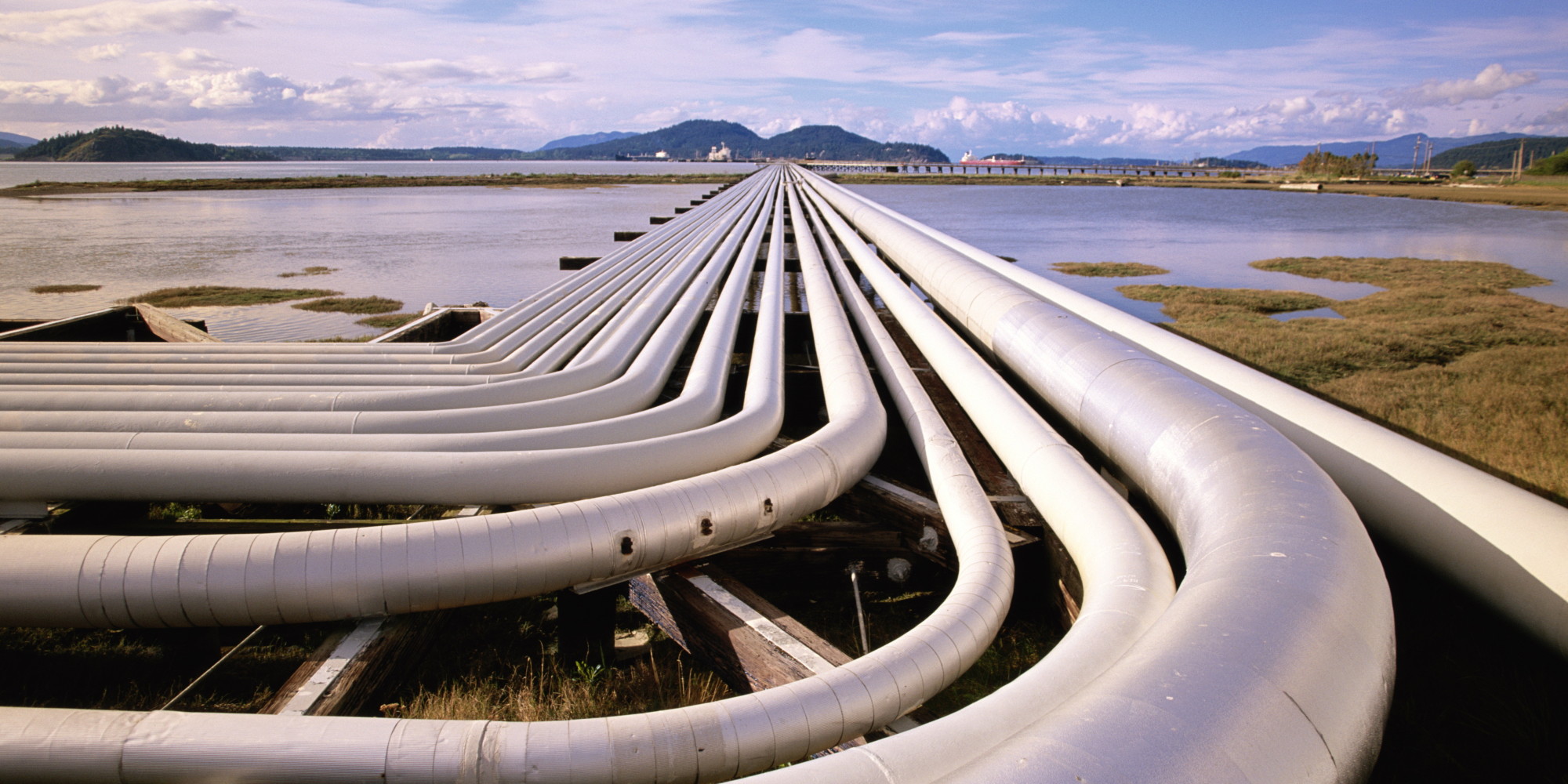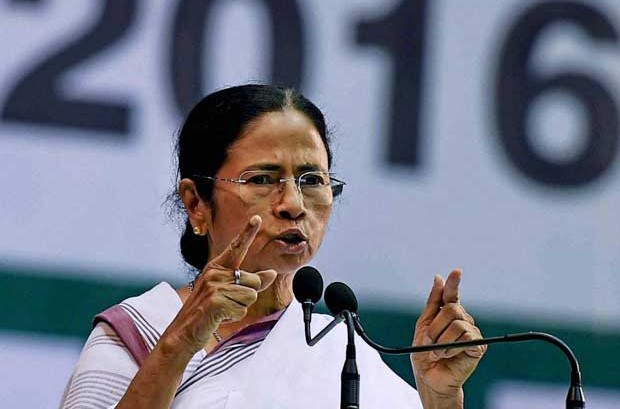The State Government is going to soon take up a major project to build drinking water supply pipelines across three districts of Bengal. The tendering process for selecting the constructors is complete.
Lakhs of people in the rural areas of the districts of Bankura, Purba Medinipur and North 24 Parganas will benefit from the project. In fact, after the project is fully implemented, every household in the three districts will have access to clean drinking water.
The Public Health Engineering Department is going to start work on the laying of the pipelines in early 2018. By 2020, the formidable issue of drinking water scarcity in the remote parts of these three districts will be a matter of the past. The approximately three-year time period is natural, being a project on such a large scale.
The Asian Development Bank is providing financial aid for the project.
তিন জেলায় পানীয় জলের পাইপলাইন বসাবে রাজ্য
রাজ্য সরকার একটি বড় প্রকল্প হাতে নিতে চলেছে যার ফলে রাজ্যের তিন জেলায় বসবে পরিশ্রুত পানীয় জলের পাইপলাইন। ইতিমধ্যেই টেন্ডার প্রক্রিয়া সম্পন্ন হয়েছে।
এই প্রকল্পের ফলে বাঁকুড়া, পূর্ব মেদিনীপুর ও উত্তর ২৪ পরগনার গ্রামীণ অঞ্চলের লক্ষ লক্ষ মানুষ উপকৃত হবেন। এই প্রকল্প সম্পন্ন হলে ওই তিন জেলার প্রতিটি মানুষ পরিশ্রুত পানীয় জল পাবেন।
জন স্বাস্থ্য কারিগরী দপ্তর ২০১৮ সালের প্রথম দিকেই পাইপলাইন বিছিয়ে দেওয়ার কাজ সম্পূর্ণ করবে। ২০২০ সালের মধ্যে এই তিন জেলার জলের কষ্ট চিরতরে লাঘব হবে। এই ধরনের বড় প্রকল্পের জন্য ৩ বছর সময় লাগা খুব স্বাভাবিক।এশিয়ান ডেভেলপমেন্ট ব্যাঙ্ক এই প্রকল্পে আর্থিক সহায়তা করছে।
Source: Millennium Post



